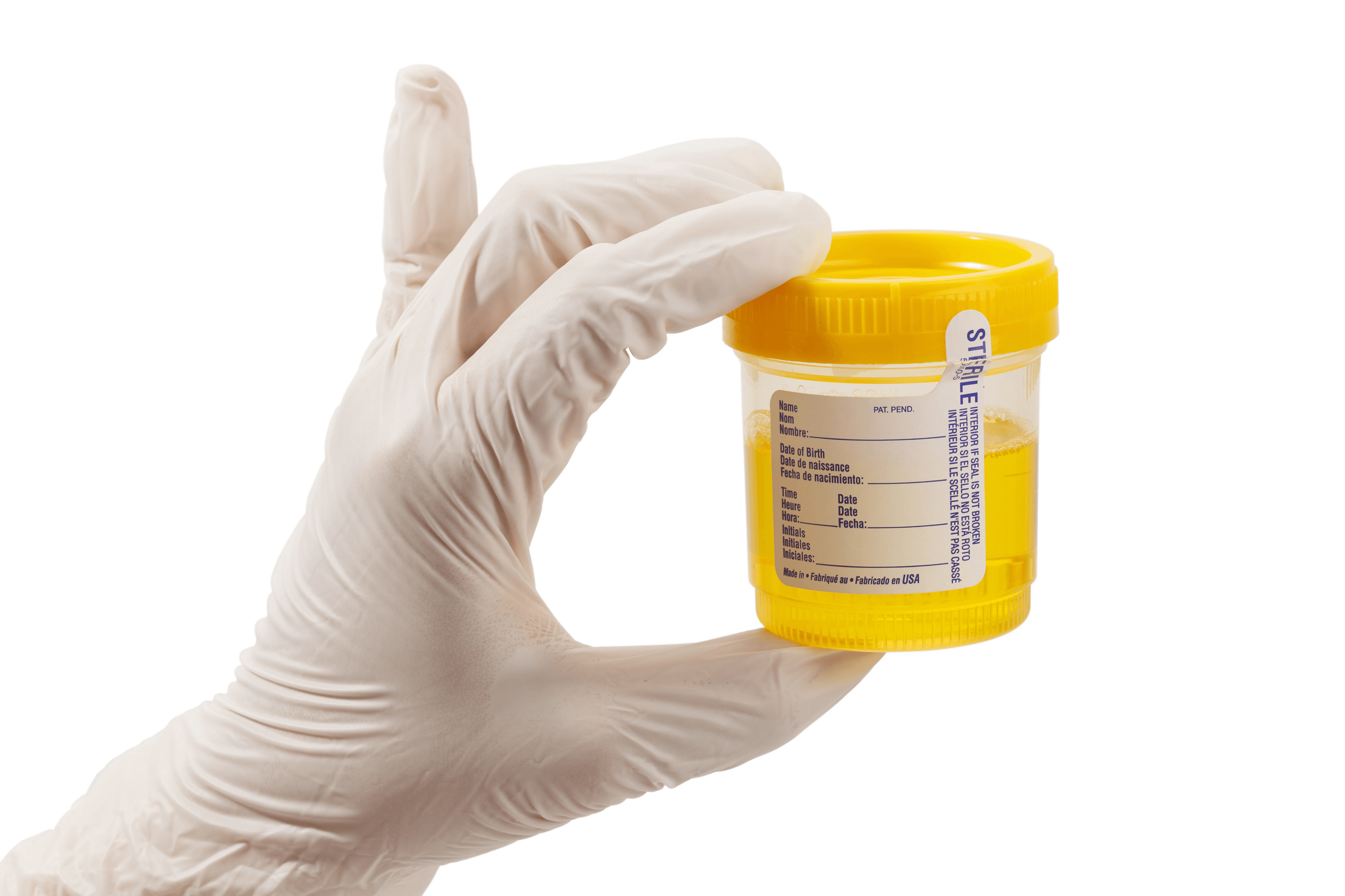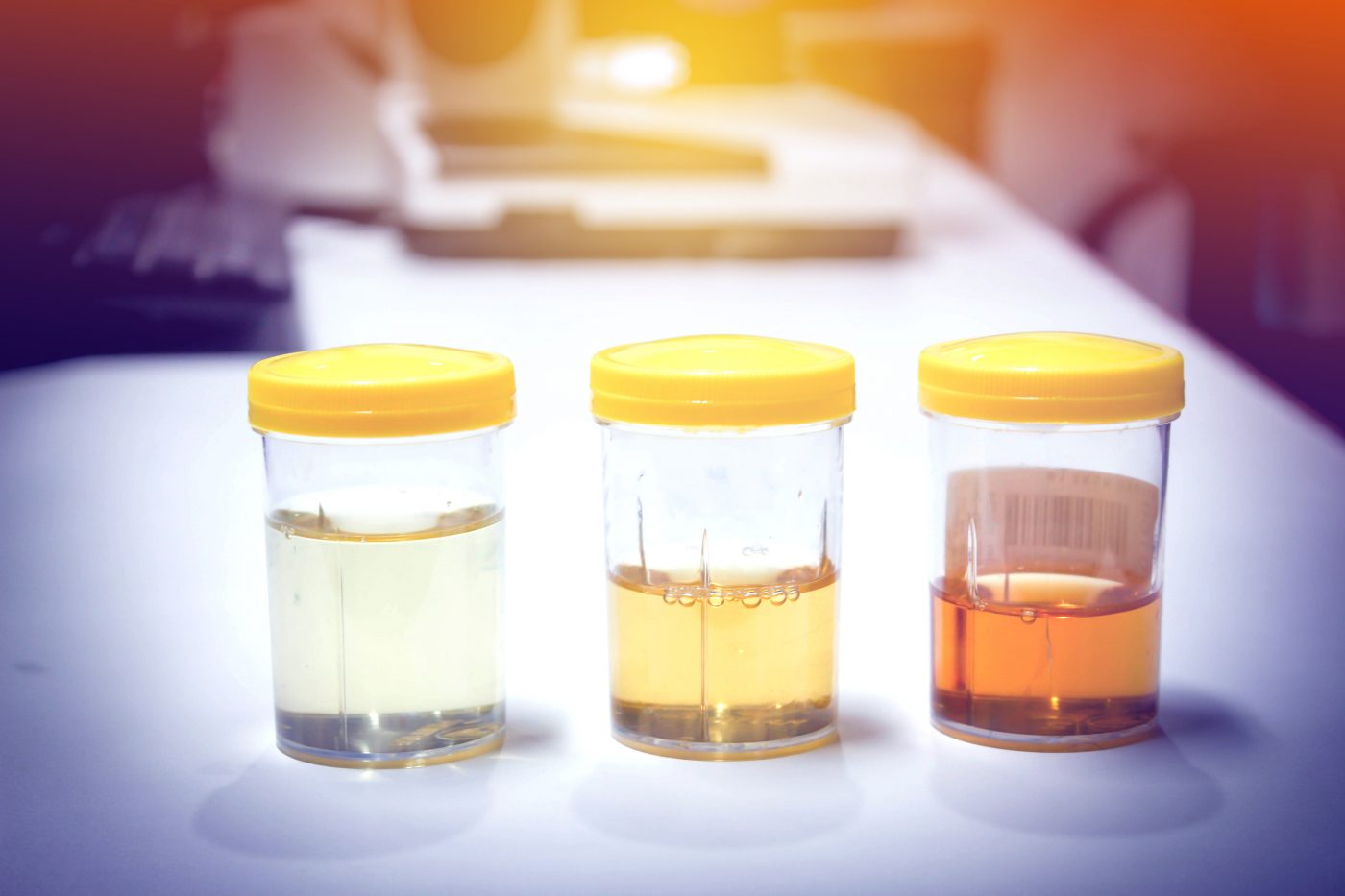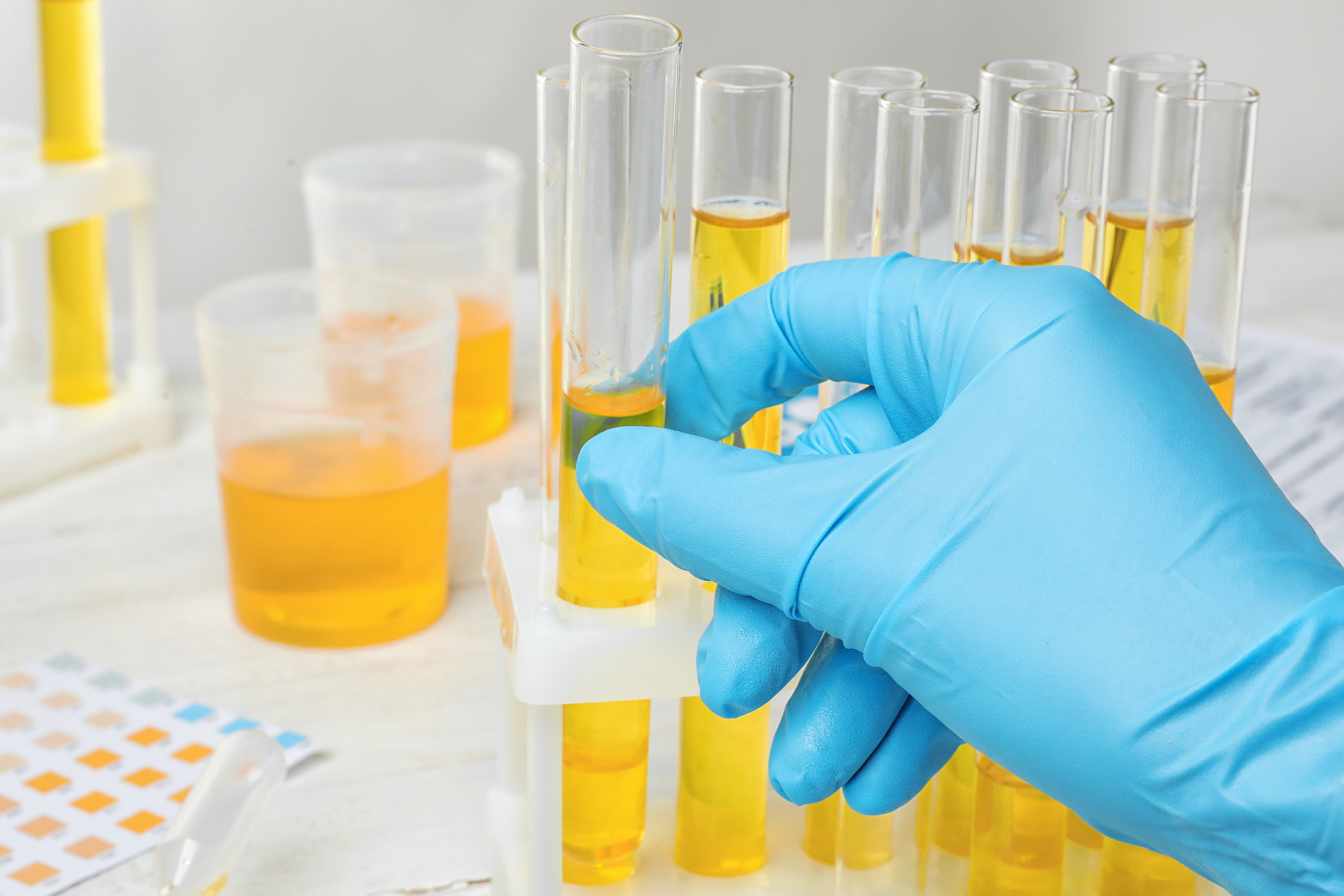Water Damage: What Causes Yellow Streaks On Bathroom Walls

What causes yellow streaks on bathroom walls – Water damage on bathroom walls can be caused by a variety of factors, including leaks, condensation, and flooding. Leaks can occur from pipes, faucets, or showerheads, while condensation can form when warm, moist air comes into contact with a cold surface. Flooding can occur due to burst pipes, overflowing toilets, or heavy rainfall. All of these sources of water damage can result in yellow streaks on bathroom walls.
Yellow streaks on bathroom walls are often caused by mold or mildew, which thrive in moist environments. To prevent this, keep your bathroom well-ventilated and clean it regularly. For a more classic home design, consider using mold-resistant materials such as classic home design.
These materials are less likely to develop mold or mildew, making them a good choice for bathrooms.
To identify water damage, look for signs such as yellow or brown stains on the walls, peeling paint, bubbling or blistering wallpaper, or mold growth. If you see any of these signs, it is important to take action to prevent further damage. Water damage can be a serious problem if left untreated, so it is important to address it as soon as possible.
Prevention Tips, What causes yellow streaks on bathroom walls
- Check your bathroom regularly for leaks and fix any problems immediately.
- Use a dehumidifier to reduce condensation in the bathroom.
- Keep the bathroom well-ventilated by opening windows or using a fan.
- Clean up spills and water immediately to prevent them from seeping into the walls.
- Install a water alarm to alert you to leaks.
Mold and Mildew

Mold and mildew are common problems in bathrooms due to the warm, humid environment. They can cause unsightly streaks on the walls and pose health risks to occupants.
Causes of Mold and Mildew
- Excessive moisture: Bathrooms are prone to moisture from showers, baths, and leaks. When moisture accumulates on surfaces, it creates a breeding ground for mold and mildew.
- Poor ventilation: Bathrooms often lack adequate ventilation, which allows moisture to linger and encourages mold growth.
- Organic matter: Mold and mildew feed on organic matter, such as soap scum, hair, and skin cells. These substances can accumulate on bathroom walls, providing a food source for these microorganisms.
Health Risks of Mold and Mildew
- Respiratory problems: Mold and mildew spores can irritate the lungs and cause respiratory problems such as asthma, bronchitis, and allergies.
- Skin irritation: Contact with mold and mildew can cause skin irritation, redness, and itching.
- Eye irritation: Mold and mildew spores can also irritate the eyes, causing redness, itching, and watering.
Cleaning and Preventing Mold and Mildew
- Regular cleaning: Clean bathroom surfaces regularly with a mold-killing cleaner. Pay special attention to areas that are prone to moisture, such as the shower, bathtub, and sink.
- Improve ventilation: Ensure adequate ventilation in the bathroom by opening windows or using an exhaust fan. This will help to remove moisture and prevent mold growth.
- Control moisture: Fix any leaks promptly and use a dehumidifier to reduce moisture levels in the bathroom.
- Remove organic matter: Clean soap scum, hair, and skin cells from bathroom surfaces regularly to prevent mold and mildew from feeding on these substances.
Stains and Discoloration

Stains and discoloration on bathroom walls can be unsightly and difficult to remove. There are a number of different causes of stains and discoloration, including water damage, mold and mildew, and stains from hair products, cosmetics, and other bathroom products.
The best way to remove stains and discoloration from bathroom walls depends on the cause of the stain. In some cases, a simple cleaning solution may be enough to remove the stain. In other cases, you may need to use a stronger cleaning solution or even replace the damaged drywall.
Types of Stains and Recommended Cleaning Methods
The following table lists different types of stains that may appear on bathroom walls, along with the recommended cleaning methods:
| Type of Stain | Recommended Cleaning Method |
|---|---|
| Water damage | Use a mild bleach solution to kill mold and mildew. Rinse the area with clean water and allow it to dry completely. |
| Mold and mildew | Use a commercial mold and mildew cleaner. Follow the directions on the product label. |
| Hair products | Use a mild shampoo or dish soap to clean the area. Rinse with clean water and allow it to dry completely. |
| Cosmetics | Use a makeup remover or a mild soap and water solution to clean the area. Rinse with clean water and allow it to dry completely. |
| Other bathroom products | Use a mild cleaning solution to clean the area. Rinse with clean water and allow it to dry completely. |
The yellow streaks on bathroom walls are often caused by hard water deposits. These deposits can build up over time and create unsightly stains. To prevent these streaks, it is important to clean your bathroom regularly with a vinegar-based cleaner.
You can also try using willow tree ornaments to add a touch of elegance to your bathroom while helping to absorb moisture and prevent streaks.